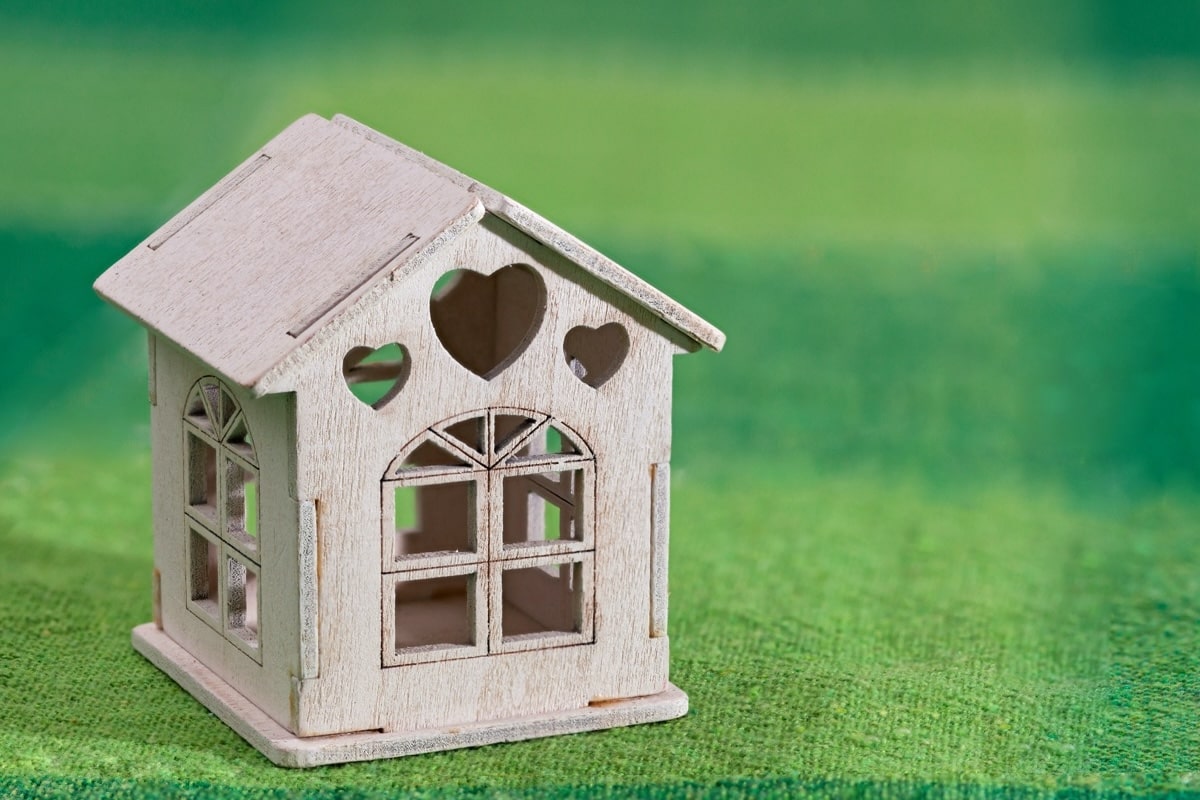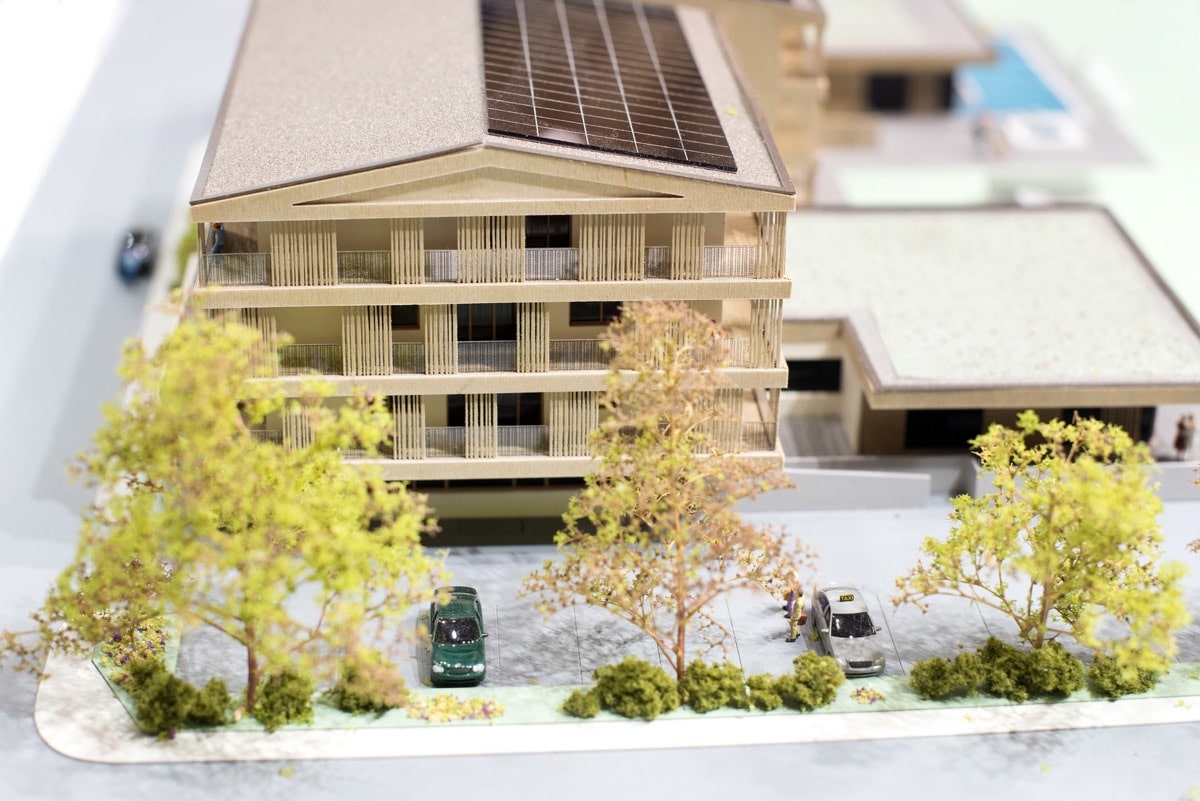Sustainability is a cornerstone of modern city development. While developed countries around the globe are pursuing net zero emission goals, developing nations in Africa are making efforts to implement sustainable solutions into their rapidly growing urban landscapes.

In Africa, the process of making cities and human settlements inclusive, safe, resilient and sustainable faces a myriad of challenges. At the same time, its sustainable building projects greatly contribute to less energy problems and more eco-friendly urban growth.
Energy Paradox in Africa
When it comes to energy demand, the African continent presents a unique situation. While its energy resources are rich, people in Africa have suffered from decades of so-called ‘energy poverty’. Being home to 17% of the global population, Africa’s share of global energy consumption is quite low – about 6%. The average African citizen consumes 181 kWh per year, compared with 13,000 kWh in the United States and 6,500 kWh in Europe. Moreover, more than 640 million of the continent’s 1.4 billion people don’t have electricity at all.
Poor planning of the energy infrastructure, high dependence on state energy providers, a developmental gap between urban and rural areas, and unaffordable utility costs cause frequent blackouts, rationing and an overall energy crisis. Having one of the lowest levels of access to energy in the world, African countries are forced to rely on biomass and fossil fuels. Therefore, they are lagging behind in reaching some of the Sustainable Development Goals (SDGs), especially regarding universal access to affordable, reliable and modern energy services, and the reduction of CO2 emissions.
How Urban Growth Relates to Sustainability Goals?
More than half of Africa’s energy demand is coming from its buildings. As the continent’s population is growing at a fast pace, living patterns are changing rapidly. While the older generation may be accustomed to rural settlements, the African youth are seeking the conveniences offered by city life. Thus, today, 80% of population growth is occurring in cities.
Since cities and towns across the continent are actively developing, more and more housing units are to be constructed in Africa in the near future. That means the growth of carbon emissions while concrete production, transfer of building materials, and other construction-related activities. Furthermore, building maintenance and use also requires a lot of energy. For example, one needs energy for heating, cooking, cleaning, and even watching TV. Given the hot climate, African households might also require a lot of air conditioning to feel comfortable at home.
Considering the global pledge to sustainability goals, new houses across the globe need to be built in the most sustainable way. However, in Africa, the need for sustainable construction solutions is even more critical. The use of renewables and eco-friendly ergonomic design would help alleviate the continent’s dire energy poverty and improve the life quality of its growing urban population.
Sustainable Building Projects in Africa
Improving energy efficiency across African countries is a matter of common interest. Therefore, there are many initiatives both at state and private levels to implement sustainable practices in building projects. Here are some examples:
- EarthEnable is a Rwanda-based nonprofit operating across East Africa. The organisation designs and builds affordable housing units out of domestic natural materials. Its flagship product is a flooring material consisting of compacted earth and a flax-based sealant. That combination substitutes disease-causing dirt floors in rural homes for affordable, healthy and sustainable floor covering.
- MycoTile, a Kenyan startup, makes innovative insulation materials from agricultural waste bonded with mushroom mycelium. This carbon-negative product offers stronger insulative properties at a lower price than traditional building materials.
- Senegal’s Energy Access Scale Up Project (PADAES) launched in 2022 to install energy-saving technology, such as energy light bulbs, solar panels, and air conditioning, in public buildings across the country. It also connected 200,000 households, with one-fifth belonging to vulnerable categories, to the grid.
- The government of Ethiopia created a ten-year strategic master plan for the capital city, Addis Ababa, to develop in an economically productive and environmentally healthy way. It focuses on energy efficiency, cleaner infrastructure, river and groundwater pollution control, hazardous waste management, green belt and green infrastructure development, and data-driven decision-making.
- MMA Architects in South Africa won the Curry Stone Foundation prize for constructing houses out of inexpensive local materials and replacing bricks with sandbags. The sandbag houses cost just $6000, since the labour cost was also lower as future dwellers participated in the building process.
- Ecomo Homes in South Africa were designed by an architect, Pietro Russo, using low maintenance materials. To minimise construction waste, these simple modular houses were built off-site in a factory and then installed on site. The project developers also used innovative technology, employing fewer resources, while conserving water and building materials.
- In the Eastgate Centre in Harare, Zimbabwe, a ventilation and air-conditioning system was designed to mimic termites’ self-cooling mounds. Due to the biomimicry technology applied, the building uses approximately 10% of the typical energy required to power a commercial building of similar size.
- Inno-Native House designed by Ghanaian architect, Joe Osae-Addo is made of timber and adobe mud blocks found in rural areas of Ghana. The design of the house follows a ‘no air-conditioning’ philosophy. The building is elevated on a wooden deck to take advantage of cooling under-floor breezes. In addition, it uses floor-to-ceiling jalousies and slide-slatted wood screens to achieve a cross ventilation effect. Moreover, the house has solar panels installed as a backup source of electricity.
How Sustainable Building Practices Affect Africa’s ESG Goals
These and other numerous building and city-planning projects that keep sustainability at their core are greatly improving the quality of life of African dwellers. The continent that is significantly affected by climate change and increasing heat can make good use of passive cooling technologies that offer the provision of thermal comfort instead of energy-intensive air conditioners, with their high global warming potential refrigerants. Implementation of solar daylighting solutions can result in further energy savings and visual comfort.
Besides comfort, people in such sustainable homes would need to pay less for electricity. Recent energy price spikes increase subsidy burdens in African countries forced to halt or reduce subsidies, or to reinstate fuel taxes due to growing financial stress. Vulnerable population strata find it hard to deal with rising living costs, bound to low-quality energy use, suffering from heat, absence of basic amenities and poverty.
In many African cities, residential buildings stand next to public transport in energy consuming patterns. Increased energy efficiency in the building segment can reduce emissions and save costs with minimal practice changes. Progress can be achieved not only by new construction projects, but also by retrofitting practices. These involve changing the building’s systems or structure after its initial construction and occupation. It can improve amenities and performance of the building, significantly reducing energy and water usage.
By upgrading and improving functionality, efficiency, and sustainability of African homes, the continent can reach universal access to clean cooking fuels and technologies, affordable electricity, as well as modern energy sources. Sustainable building practices would also greatly contribute to lower greenhouse gas emissions and subdued global warming effects on local citizens.
Bottom Line
Overlapping global crises are affecting many parts of Africa’s energy systems today, reversing recent positive trends in access to modern energy. Poor planning of the energy infrastructure, high dependence on state energy providers, a developmental gap between urban and rural areas, and unaffordable utility costs cause frequent blackouts, rationing and overall energy poverty. To mitigate these risks, governmental and private initiatives are developing sustainable energy and building practices in Africa. Unfortunately, they are limited in scope and unable to meet the demands of the growing urban population.
With the right amount of financing and raised awareness, African homes can benefit from improved functionality, efficiency, and sustainability. This would greatly contribute to lower greenhouse gas emissions and subdued global warming effects on local citizens. Besides, sustainable building practices offer considerable savings and boost overall well-being quality.










